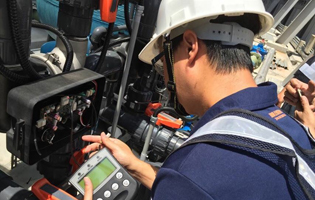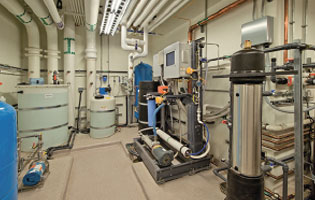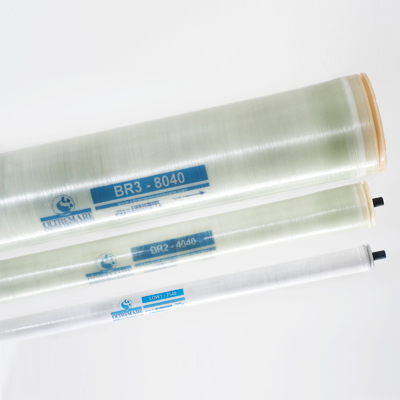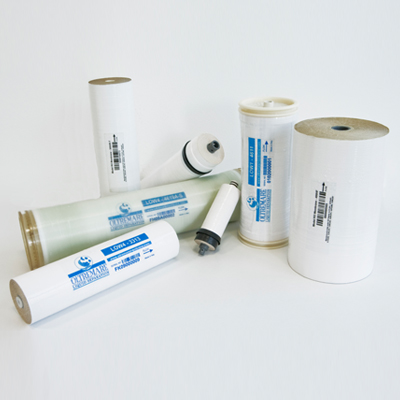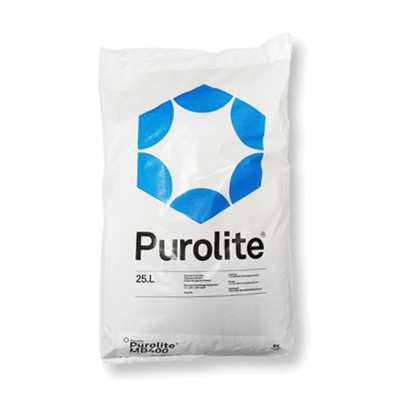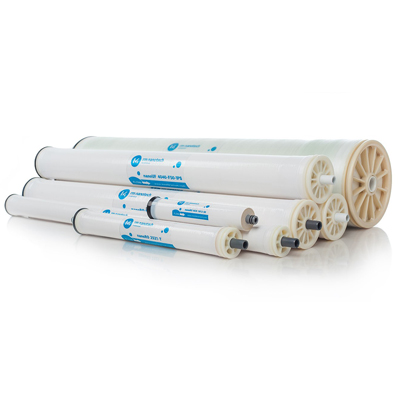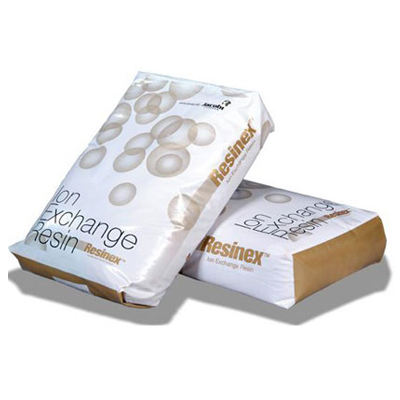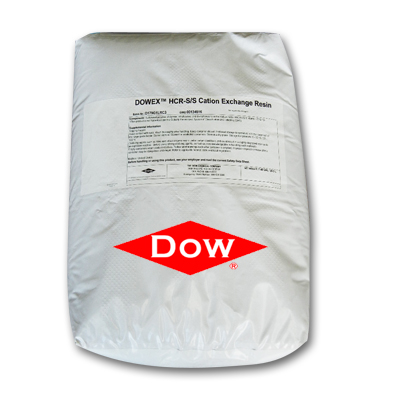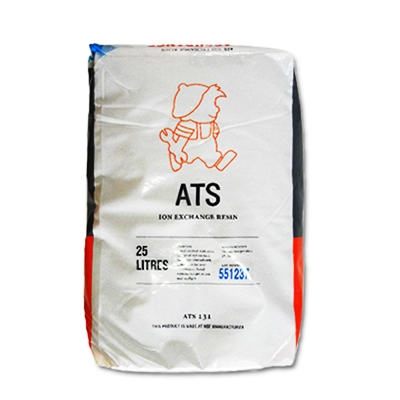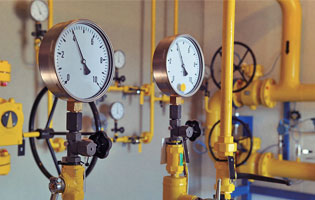PRODUCT INFORMATION
Membrane System Design Considerations
- front page
- product
- Water Treatment Technology
- Technology Development Department
- Membrane System Design Considerations
Product Information
- heat treatment
-
water treatment
- Arsenic remover
- Desulfurizer
- Deaerator
- Water softener (calcium and magnesium ion removal)
- Carbon filter (removes odor and residual chlorine)
- Sand filter (removal of suspended impurities)
- Iron remover (removal of iron and manganese ions)
- RO water purifier
- Pre-backwash filter
- UV ultraviolet sterilizer
- Ion exchange resin
- reverse osmosis membrane tube
- quick filter
- Various tanks for water treatment
- Various application filter media
- 美國 Clack Clark control valve
- 美國 Fleck Control Valve
- 美國 Pentair Control Valve
- 美國 Autotrol Control Valve
- Runxin Control Valve
- Injection treatment
- Technology Development Department
-
brand
- Demo brand
- US DOW
- IDEX USA
- US CLACK
- EMERSON, USA
- American PENTAIR
- SIEMENS Germany
- American PULSAFEEDER
- Denmark DANFOSS
- Thailand HAYCARB
- France SUNTEC
- UK PUROLITE
- Japanese NOP
- Japan OLYMPIA
- Japan KATSURA
- BRAHMA, Italy
- SAGINOMIYA
- HONEYWELL
- AZBIL (YAMATAKE)
- OLTREMARE
- NIPCON
- TROCHOID
- domestic
- EGO
- KATO
- LECIP
- ATS
- JACOBI
- ETATRON
- WAVE CYBER
- BOSCHINI
- NIPPON
- WL
- CASH ACME
- YAZAKI
- RUNXIN
- About | Contact

Membrane System Design Considerations
Technical explanation
FAQ:
RO flux readings (flux) may be affected by temperature, pressure, flow rate, etc. However, the biggest factor is the seasonal temperature of the water. Are there any studies or are there any verification methods that can obtain true flux readings when only seasonal temperature changes are taken into account?
reply:
Water has viscosity. When the temperature is high, the viscosity of water will decrease and more water can pass through the filter membrane. At lower temperatures, the viscosity increases, so less water passes through the filter membrane. This will cause you to notice a change in flux across the filter membrane. Through actual measurements, tables showing the effect of temperature are usually available for each membrane module. Please refer to the temperature calibration table on our website for more information.

